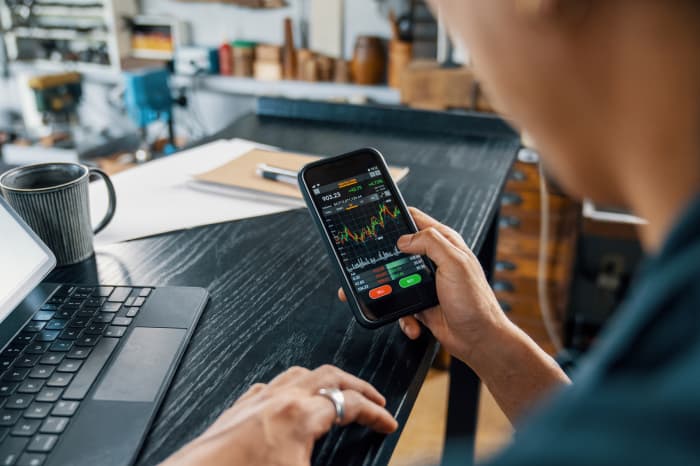With some mortgage refi rates around 2.5%, should you do a cash-out refi and use that money to invest in stocks instead?

With mortgage refinance rates still near record lows (some 15-year rates are near 2% and 30-year rates below 3%) and stocks performing solidly, some homeowners have been wondering if it might make sense to cash-out their home equity and invest that money in stocks.
Indeed, one reader asked MarketWatch Picks just that, noting:
“I’m 60, retired and debt-free, including my South Florida condominium. I’ve received an offer for a 15-year mortgage at 1.75%. I’m making significantly more than that in my investment account. I’m considering refinancing, taking some cash out and investing that money. My investment advisor is firmly against the idea. He doesn’t want me to take on debt and thinks I should preserve my equity in case I need it later in retirement. Who’s right?”
We asked financial planners their thoughts on that question, and whether others with substantial home equity might want to consider a similar move. Here’s the verdict.
Yes, it’s true that mortgage refi rates are near historic lows, and those with excellent credit scores may be able to find refi rates under 2% right now. And your investments could possibly earn more than 2%: Stocks have performed solidly this year, as MarketWatch reports here. But while the return on even a low-cost ETF might easily top 2%, there’s more than just the interest rate involved here. But that said, this move can still make sense.
An example: You get $50,000 from a cash-out refinancing and invest it in an ETF that tracks the Standard & Poor’s 500 index, producing a 20% gain for the year. That’s a tidy gross return of $10,000. However:
- The payment on the new $50,000 mortgage at 1.75% is roughly $316 per month, a total of $3,792 for a year;
- You’ll have one-time closing costs on your refi or home equity loan. Let’s put that at 3% of the loan balance, or $1,500 in your case;
- Now your net profit is cut to about 9% — and that doesn’t include the trading costs and taxes on your investments. Still, you’ve made about $4,700 in the first year, which is a nice chunk of change.
But that won’t happen every year, warns Greg McBride, chief financial analyst for Bankrate.com. McBride notes that over the last decade the total market index has returned 7%. If the $50,000 you invest returns 7% for one year, you’ll make $3,500. That means your investment produces roughly $300 less than you’ll pay on the new mortgage in a year. But, thanks to the magic of compounding, you’ll still make money over time. That’s because $50,000 invested at an annual return of 7% will generate nearly $88,000 in interest over 15 years. Even if you withdraw the money for the mortgage payment at the beginning of each month, you’d still come out at the end of 15 years with a profit of more than $39,000.
“For the savvy investor who thinks long-term, the rate of return possibilities can pay off handsomely with such a low borrowing cost,” McBride said. “But we’re talking about buying an S&P 500 or total market index that can go on for decades. This is not a strategy for day-trading or investing in some meme stock.”
Another consideration is your ability to stay current on your new mortgage without touching any of the money you invest. You also should consider how investing home equity fits into your overall financial plans, said Scott Smith, a certified financial planner and senior advisor at Lifecycle Financial Planners in Bloomfield Hills, Michigan.
“I don’t recommend taking the entire 80% of equity that can be borrowed but if it was 40% to 50% of the equity — especially since he can pay the loan off if he needs to — I would likely recommend that,” Smith said. “We recommend that to clients frequently.”
Note that typically, financial planners advise using home equity loans to finance home improvements or to pay down credit-card balances or other high-rate debt. In the end, your own planner will be the most familiar with your finances and likely knows best.




